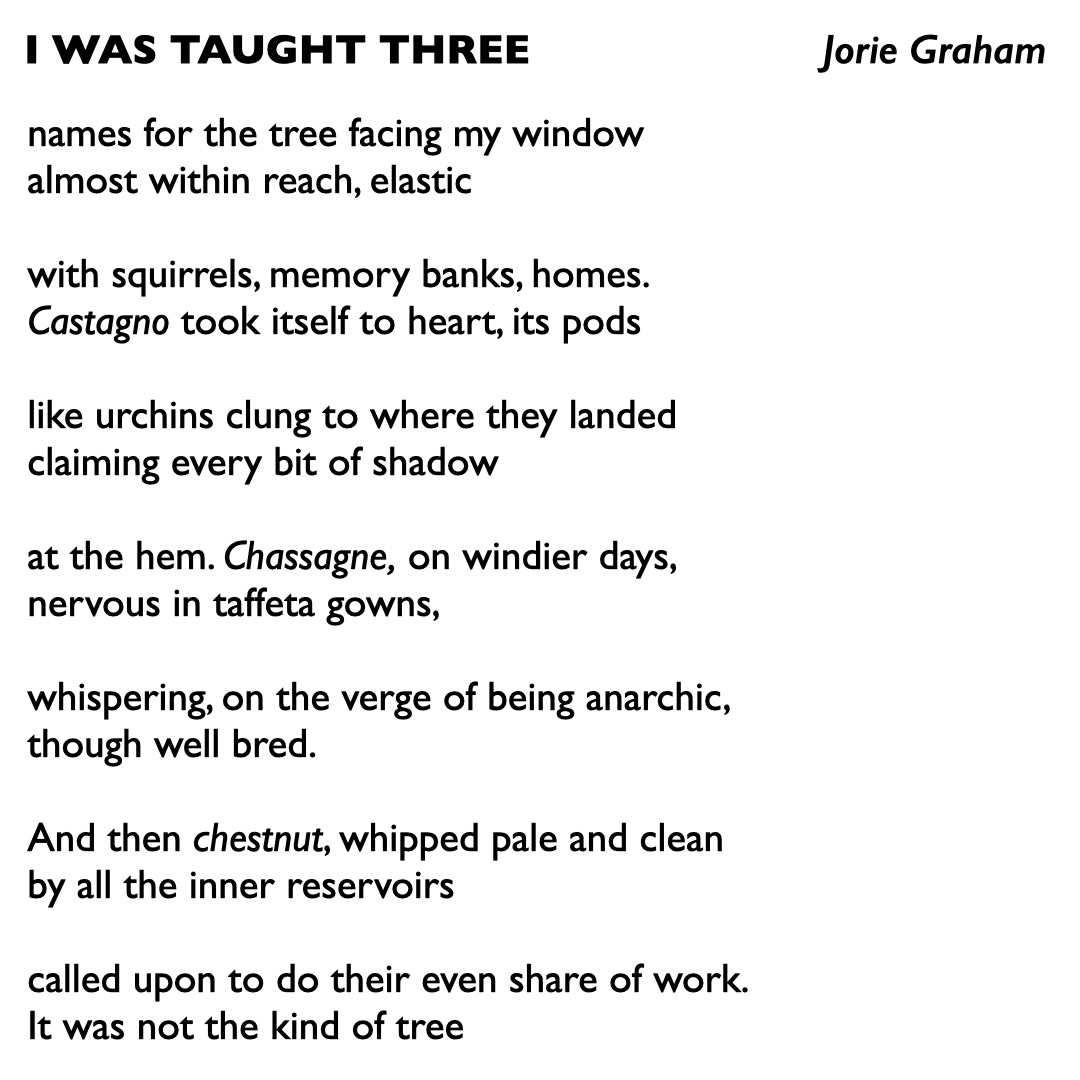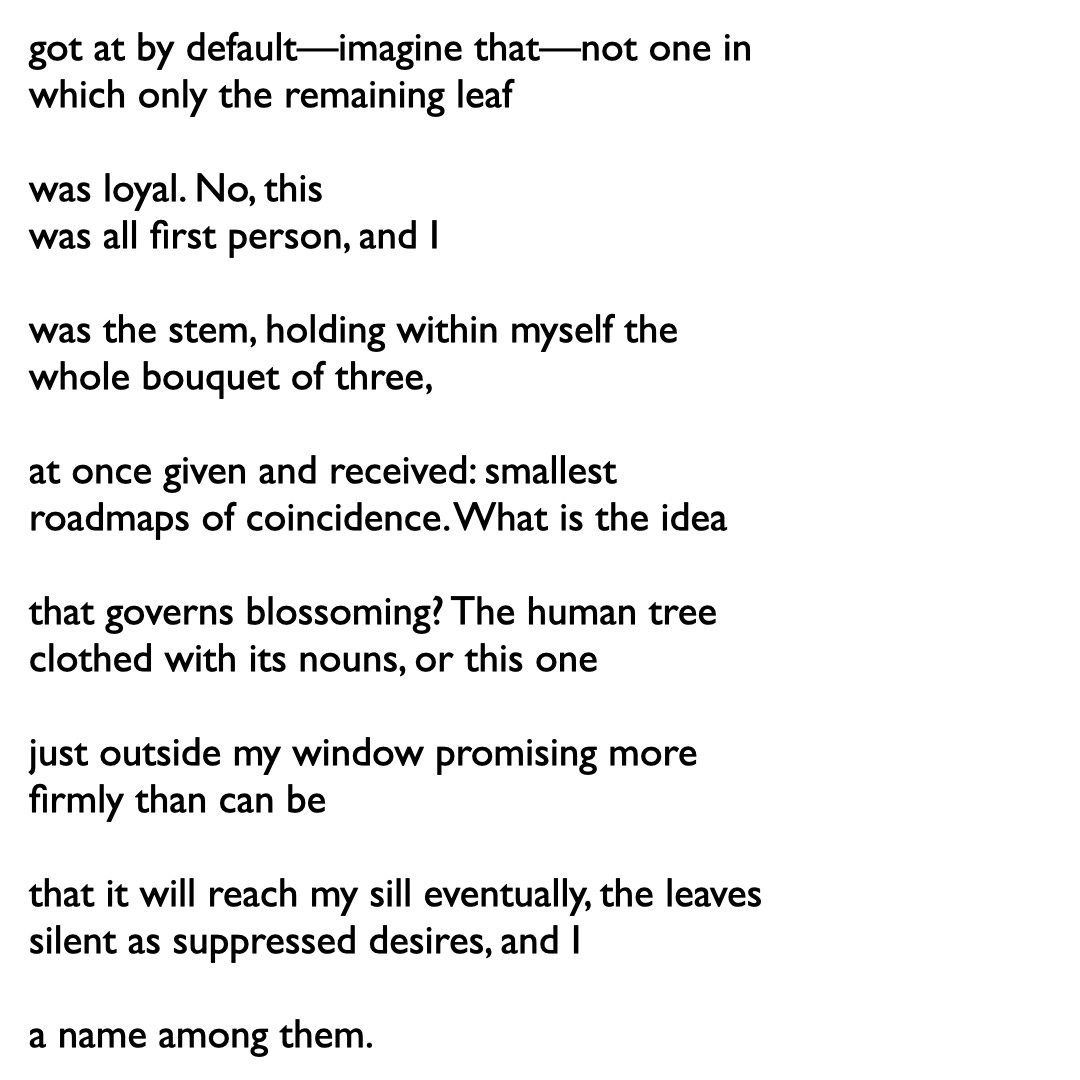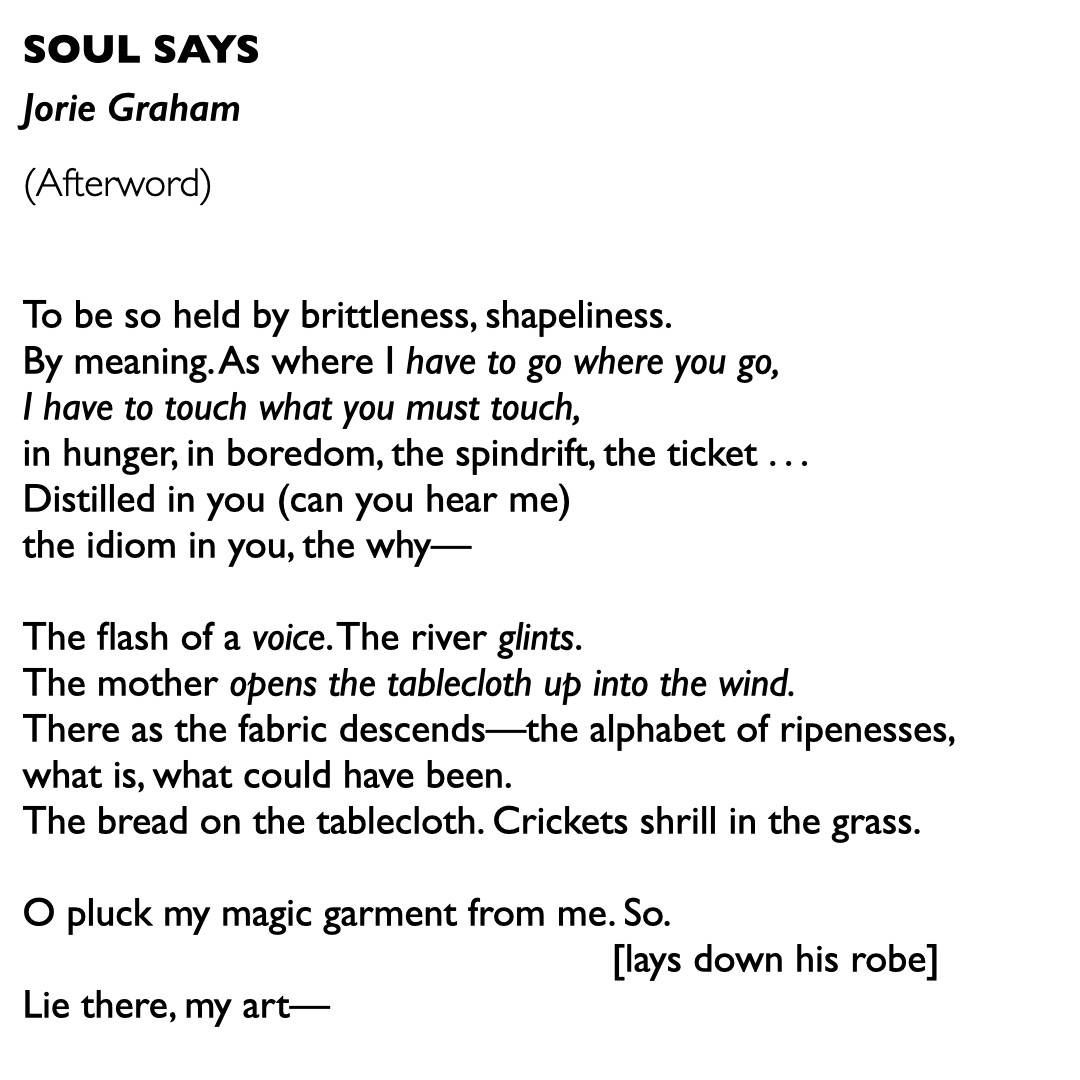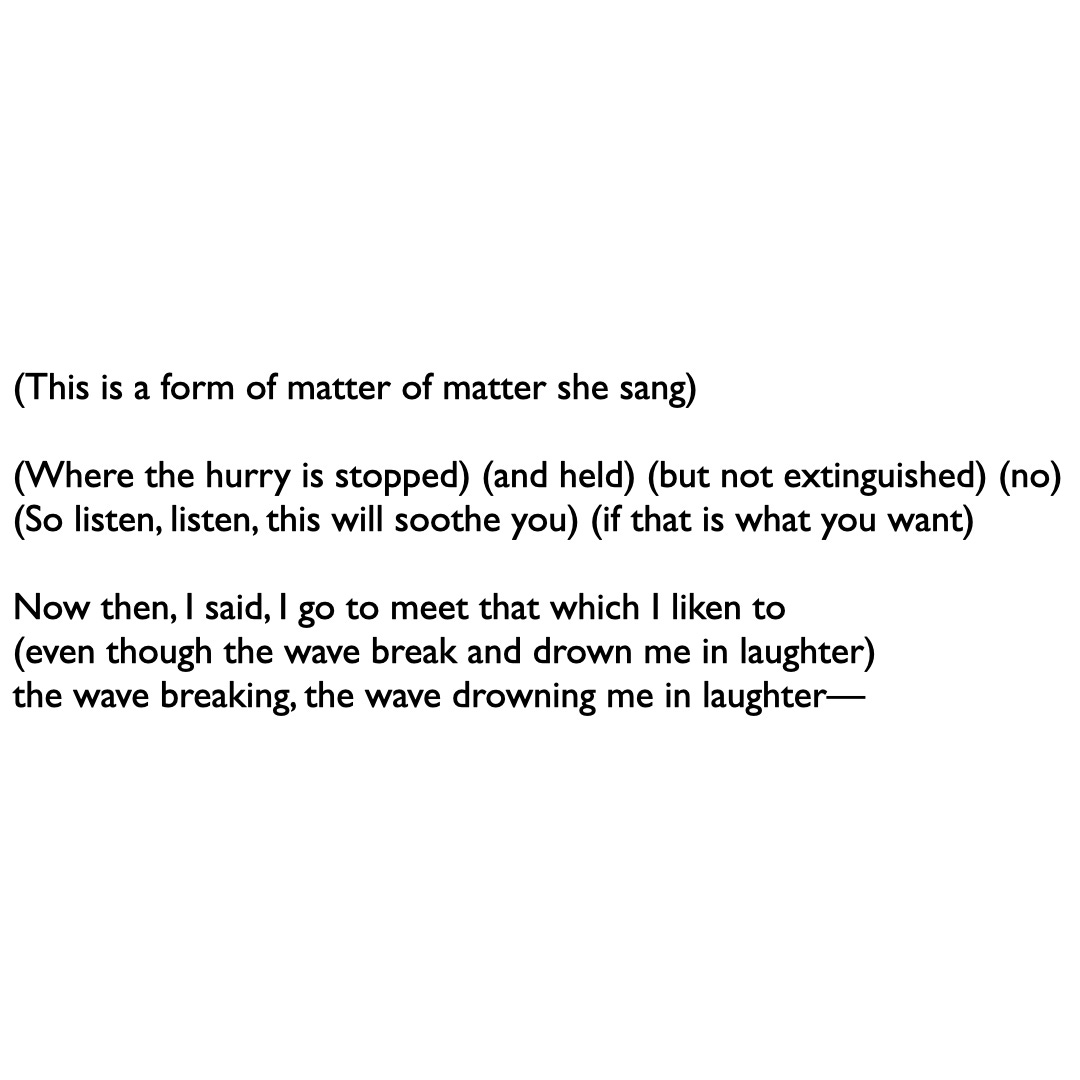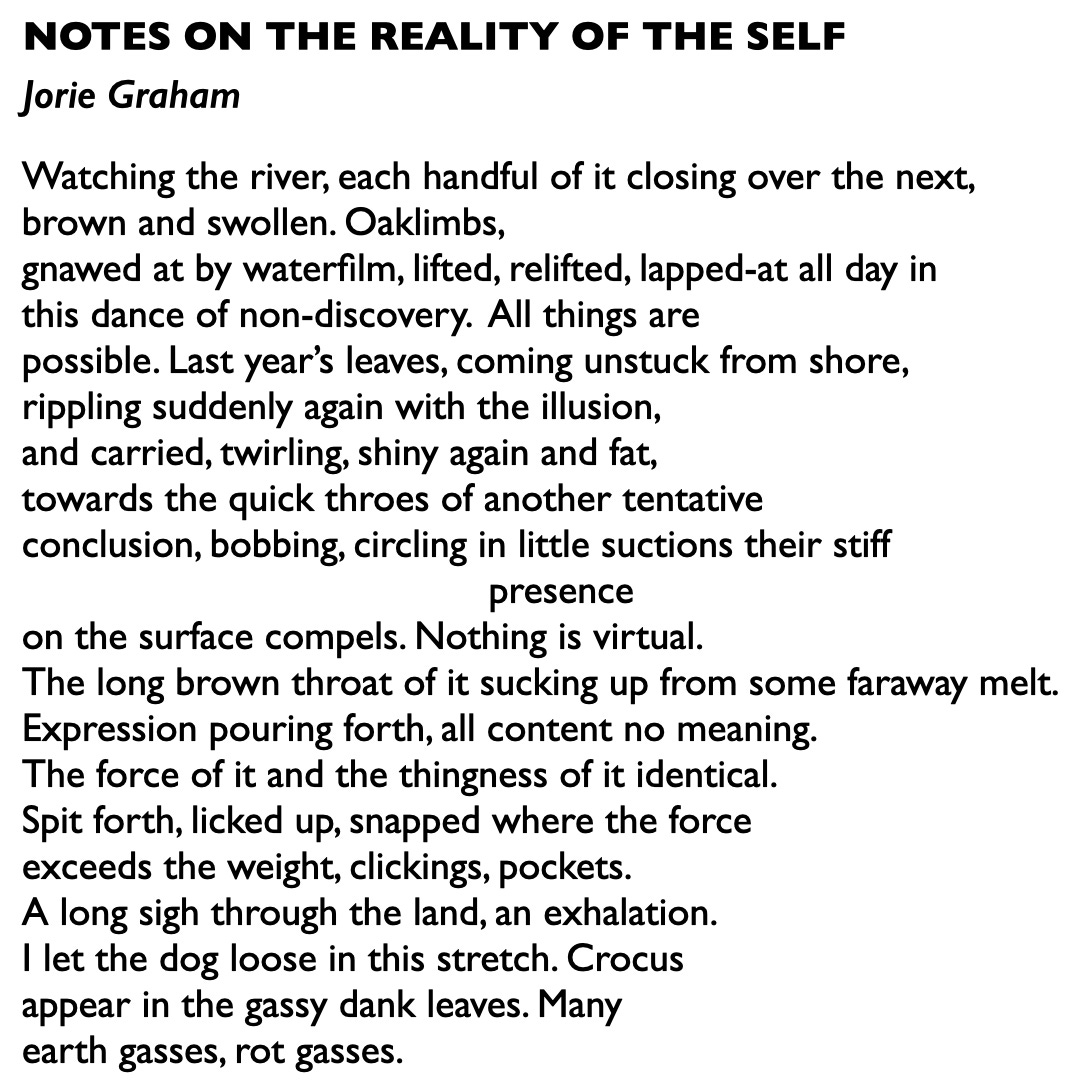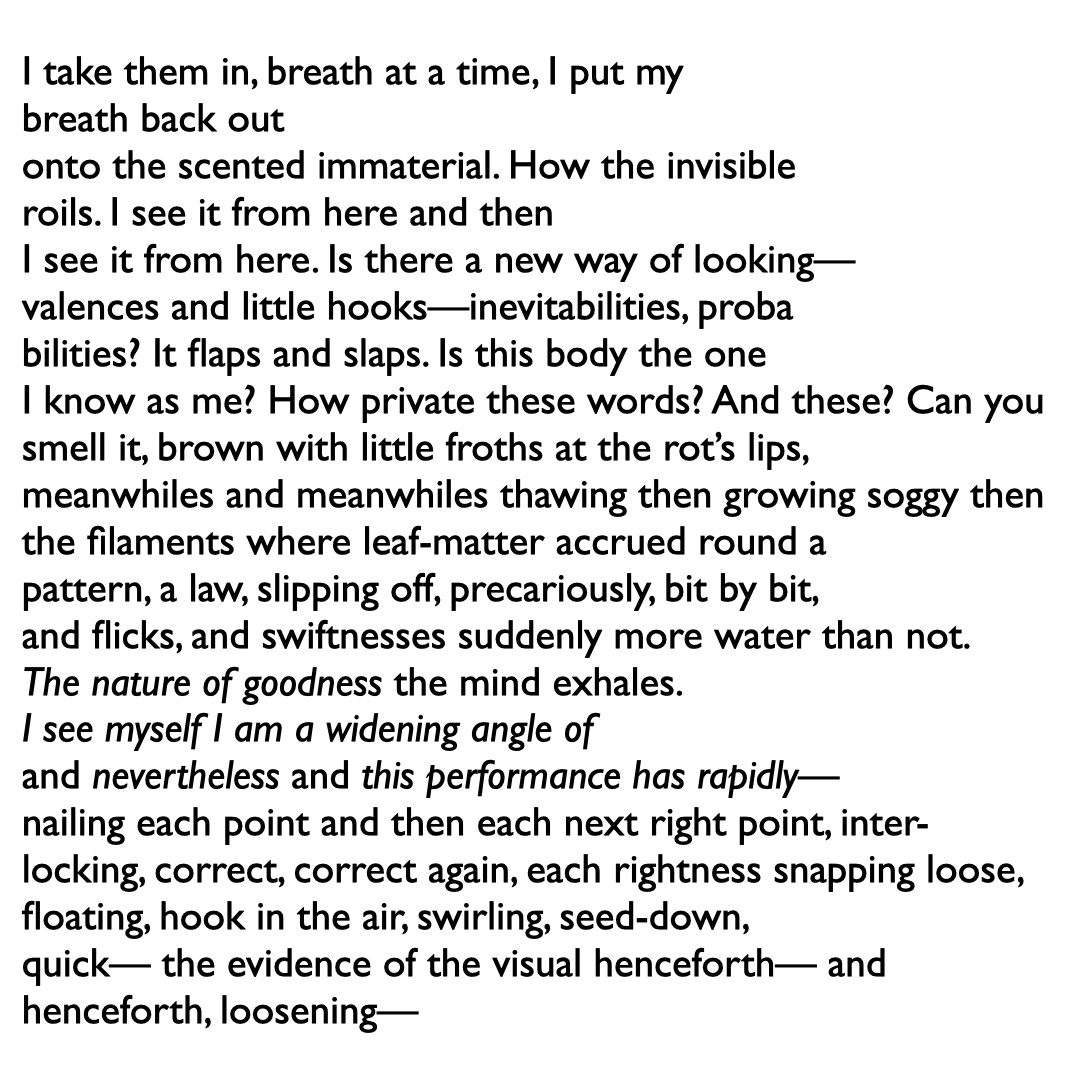Before the word reaches the page it lives many lives. The tingling in the fingers that the writer feels before the deluge is actually the trapped flutter of an idea that has reached inside the clunky machine and tugged at some primordial lever. From that moment on, reality is paranoia, the hallucinatory tug of even a falling leaf touches you in so many invisible ways, that the mind finds it difficult to edit the script being read out to you as if it is a gift. Experience demands attention, holds you ransom to testimony, and you cannot live with yourself until the second edit when your pen feverishly scrabbles across the page birthing entire ecosystems of meaning. The artificial translation from one material to another, perhaps when you commit a written poem to print (or, nowadays, from an offline app to an online publishing platform), marks another edit, and finally there is the moment when it catapults from the self to the world; when it is shared with an intended audience - a friend, or other invisible readers. At every step of the distillation of thick description into art, there is an awareness of baptism by language. You are ascribing grammar onto phenomena that by themselves have no character. You are giving a name to children orphaned by circumstance - any meaning that the reader discerns is purely because of the loaded act of human intervention. What is most apparent in this narrative of creation, is attention, in fact, I wouldn’t even call it that. I experience this as a kind of intoxication, a high, a soaring, when the story writes itself. After writing, I see also the tacit ethnographic gaze that animates an inert event with the social activity of relationship. This kind of poem is unassuming. If it was a person on the road, perhaps you wouldn’t give it a second glance. But after having made first contact, your gaze if forever changed. For a few moments, you have chanced upon the sacred in the ordinary.
Kya baat hain…. nai?
There are different ways in which an artist builds mise-en-scene. I have seen directors at work who start with an idea, and a basic set - they build the scene slowly, piece by piece, tinkering away at this and that, and by the end you have a whole that is greater than its many parts. But this poem doesn’t build the scene like that. It cuts away at the fabric of a simple image - a chestnut tree, with the serrated knife-edge of compassion. The image, that emerges is not without detail, but refracted through the persona’s prismatic annotation. For instance, this line - ‘It was not the kind of tree/got at by default—imagine that—not one/ in which only the remaining leaf was loyal’. That image of the last leaf, thrown in, almost like a red herring, immediately reminded me of O’ Henry’s short story. I do not know if this was intended, but then that allusion immediately outlined, for me that this was a relationship that was sharper, more corporeal than sentimental. Each word is chosen with care - when the metaphor is complex, the poet allows the space for the reader to breathe: imagine that. And when one is reading Jorie Graham, one needs that space, mind you!
And so it is that the ‘mind exhales’.
I think of the poet as one who opens up many narratives to a single thing - one who sees stillness in movement, and movement in stillness. The poet knows that every vision is dual, and that there is always a third. This is why they are always struck by wonder, and why they always give in to the curiosity of venturing a little deeper into the dark, even after the light begins to fade. It is this acute awareness of a multiplicity of conversations that Graham brings to her work that makes it alive. The way the visual plays out under her careful eyes, reminds me of Kolatkar’s celebration of the senses (not his irony, or social commentary).
A close reading, even by one who may not be directly familiar with the cultural context of certain movements and patterns, or even some tools of recognition, opens up a liminal space of magic.
The next two poems talk about the self, about perception, and the shifting nature of the visual - both poems use the image of the river, but just look at the way the artist constructs and destroys, rearranges and pauses, at the cusp of a single moment.
After reading her poems, sometimes, I have to stop and find something close by, to steady myself. I need to take a walk, or make some chai. You know what I mean? Anyway, I urge you to read more of her poems - I have shared here some of the shorter ones. Her longer, more contemplative poems (drenched in the same urgency of insight and compassion) are truly memorable.
If the poetry, and the commentary, resonate with you, do consider ‘buying me a coffee’. (Matlab, if you can’t, that’s also fine, obviously. This is a free newsletter)
Note: Those, not in India, who’d like to support the work I do at Poetly, do write to me - poetly@pm.me. (Paypal seems to have left the building, still figuring it out)
You can write to me, waise bhi, if you feel like it :)
Thanks for reading Poetly! Do subscribe if you are not reading this in your inbox. Cheers!



